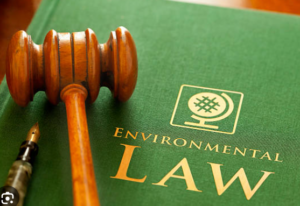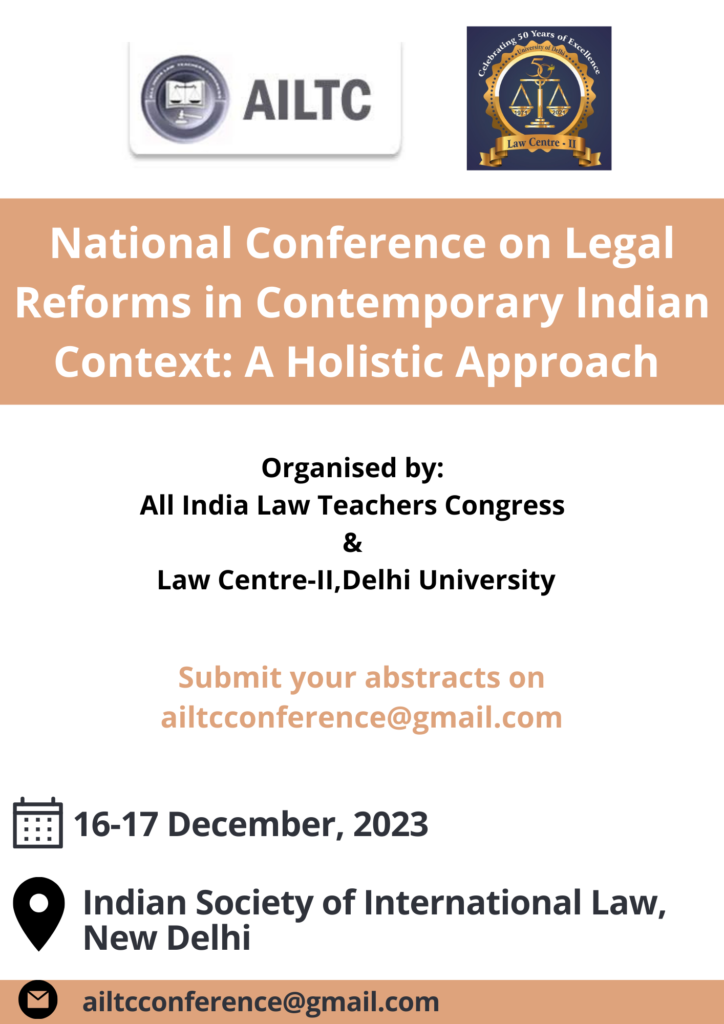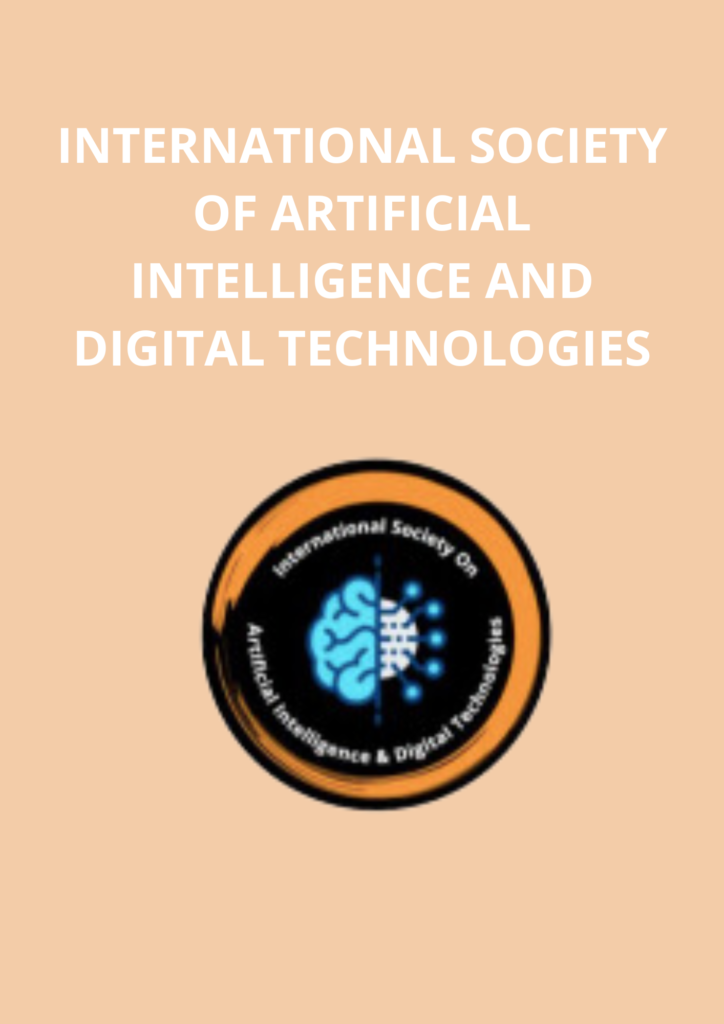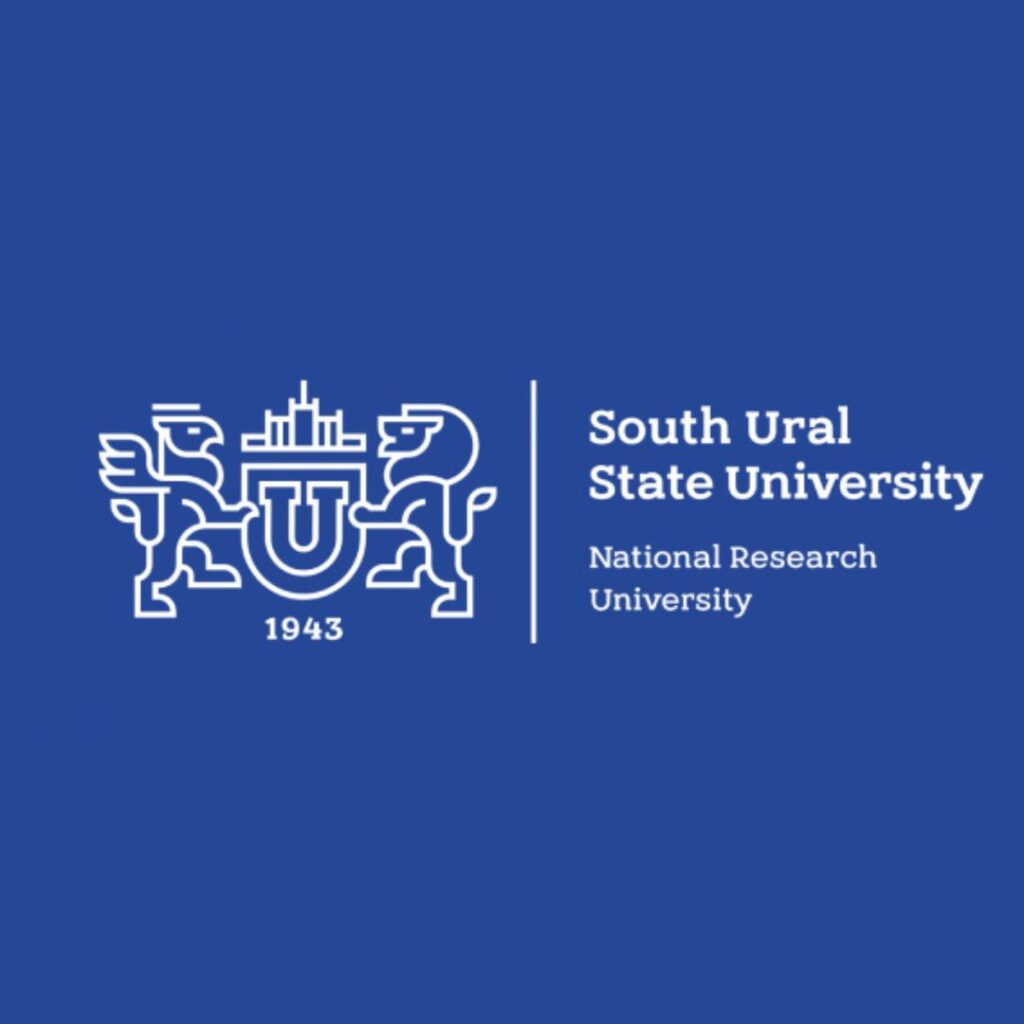PRINCIPLES GOVERNING ENVIRONMENTAL LAW
I. Introduction: –
Environment can be defined as a sum of all the living and non-living elements and their effects that influence human life. There have been several noxious exercises that have taken place and therefore both the international and Indian legal systems have uniformly improved laws and regulations centered on a set of key environmental law doctrines. These principles are a) Sustainable Development b) the Polluter Pays Principle c) Precautionary Principle d) Public Trust Doctrine e) Inter-generational Equity .
II. Sustainable Development: –
The concept of sustainable development received its impetus in the Stockholm Declaration on Human Environment resulting from the United Nations Conference on Human Environment in 1972. The term ‘sustainable development’ was used by the World Commission on Environment and Development and the Brundtland Commission in its seminal 1987 report ‘Our Common Future’. The Brundtland report has given a very comprehensive and universally accepted definition of sustainable development in the following words:
“Sustainable development is the development that meets the needs of the present without compromising the ability of future generations to meet their own needs.”
In other words, sustainable development can also be defined as an integration of development and environmental imperatives. To fall within the ambit of sustainability, development must possess both economic and ecological sustainability. The authors opine that sustainable development is essentially a policy and strategy for continued economic and social development without detriment to the environment and natural resources on the quality of which continued activity and further development depend.
In the case of Vellore Citizen’s Welfare Forum v Union of India , the honorable Supreme Court refused to accept the traditional concept that development and ecology were opposed to each other and projected the relevance and importance of the concept of sustainable development. The Apex Court emphatically held that sustainable development has been accepted as a part of international customary law.
III. Polluter Pays Principle: –
The polluter-pay principle states that an individual or enterprise polluting the environment should pay a fine or penalty for degrading the environment, hence it is their responsibility to reverse the damages caused to the environment by paying for it. The Organisation of Economic Cooperation and Development has come up with this principle (OECD). This principle finds its place also in the following instruments- i) Brundtland report throws light on this principle. ii) The Rio Declaration (principle 16) gives two-fold liability- a) compensation to the victims of pollution and b) ecological restoration.
In the case of Enviro-Legal Action v Union of India , this case is popularly known as the hydrochloric case, the polluter threw a toxic sludge that was gypsum which had seeped into the deep subterranean supply of water and aquifers which rendered the drinking water for the villagers in Bichari unfit to drink and use it for cultivation. The Apex Court held that the liability of the polluter to defray the costs of remedial measures and directed the central government to determine the amount required for remedial measures paid by the chemical manufacturing company, and the Supreme Court accepted the Polluter Pays Principle as a universally accepted and a sound principle.
IV. Precautionary Principle: –
This principle is widely recognized as the most essential ‘Sustainable Development’ principle. Principle 15 of the Rio Declaration states, “To protect the environment, states shall widely apply the precautionary approach according to their capabilities.” Where there is a risk of substantial or permanent harm, a lack of complete scientific confidence may not be utilized to postpone cost-effective environmental protection actions. It is based on the idea that it is better to be safe than sorry and that the burden of proof lies on the person or entity who wants to carry out the potentially harmful activity, not on the person or entity who wants to prevent it. This principle is based on three things a) anticipate the threat to the environment b) attack the threat and c) prevent future threats.
In the case of MC Mehta v Union of India (CNG vehicle case) , the Supreme Court ordered that all public transport vehicles in Delhi should be converted to utilize compressed natural gas (CNG) instead of diesel to minimize air pollution and preserve public health. The lawsuit was submitted by MC Mehta, an environmental activist, who claimed that Delhi’s high levels of vehicle pollution infringed on the right to life and a clean environment guaranteed by Article 21 of the Constitution. The court relied on various studies and papers that demonstrated the negative impacts of air pollution on human health and the environment and the advantages of utilizing CNG as a cleaner and less expensive alternative fuel. The court also formed an Environment Pollution Control Authority (EPCA) to oversee and carry out the instructions. The case exemplifies judicial activism and the use of the precautionary principle in environmental problems.
V. Public Trust Doctrine: –
The public trust doctrine is a concept that holds those specific natural resources, such as water, air, forests, and animals, belong to the public and must be safeguarded and protected by the state for the benefit of current and future generations. The concept requires the state to act as a trustee of natural resources, preventing their deterioration, depletion, or privatization. The theory also guarantees the public the right to utilize and enjoy these resources appropriately and sustainably. The public trust doctrine is an essential instrument for environmental conservation and management because it offers a legal foundation for contesting the states or private parties’ acts or inactions that jeopardize the integrity and availability of public trust resources.
M.C Mehta v Union of India , also known as the Span Motel case this case was the landmark case for the application of the public trust doctrine in India.
Also, in the case of T.N. Godavarman Thirumulpad vs Union of India and Ors , the Supreme Court of India recognized and applied the public trust doctrine in this case by stating that it is the state’s responsibility to act as the trustee of the natural resources for the welfare of the public and ascertain that the citizens should sustainably use these natural resources. The court also observed that the public trust doctrine is a part of the Indian environmental jurisprudence and is derived from the constitutional provisions, such as Article 21 (right to life), Article 48A (duty of the state to protect the environment), and Article 51A (g) (duty of the citizens to protect the environment). The court held that the public trust doctrine is not only applicable to traditional natural resources but also to modern resources, such as air quality, which are essential for the survival and well-being of the people.
VI. Inter-generational Equity: –
The term intergenerational equity states that “every generation holds the Earth in common with members of the present generation and with other generations, past and future. The principle articulates a concept of fairness among generations in the use and conservation of the environment and its natural resources.” The principle fluently gives a concept of fairness among all the generations for the conservation and use of natural resources effectively among all other generations.
VII. Conclusion
The advancement of society and the conservation of the environment are interconnected facets, neither of which should be compromised for the sake of the other. Instead, both are imperative for ensuring a sustainable future. It falls upon the judiciary, legislative, and executive branches to address these matters with the highest level of wisdom, paving the way for a developed nation free from pollution for generations to come.
Contributors: –
1) Debopriyo Shome (Student of Sister Nivedita University, 4th Year)
2) Sudeshna Mukherjee (Student of Sister Nivedita University, 4th Year)








